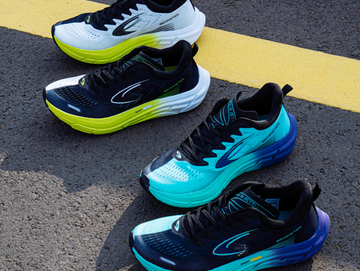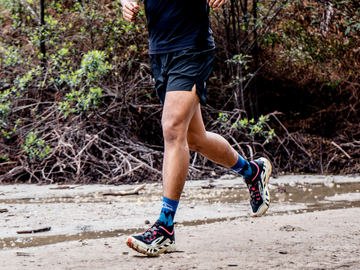Runners, especially beginners, often focus on running fast, covering long distances and forgetting the benefits of recovery runs. In fact, recovery runs are very important so that we can run better.
A recovery run is a low-intensity run that is done after a high-intensity running session or race. The main purpose of a recovery run is not to break a speed record, but to help the body recover.
What Are the Benefits of a Recovery Run?
High-intensity running breaks down muscles and causes fatigue. Recovery runs play a role in:
- Increase blood flow: During easy running, blood flow increases. This helps remove lactic acid (one of the causes of muscle soreness) and delivers nutrients to the muscles for repair.
- Reducing DOMS (Delayed Onset Muscle Soreness): Muscle pain that usually appears 1-2 days after heavy exercise can be reduced with a recovery run.
- Improve joint mobility: Jogging helps lubricate joints and maintain optimal range of motion.
- Improve mentality: Recovery runs can be a mental relaxation session after a challenging, hard running session.

How to Perform a Recovery Run?
Here's a guide to maximizing the benefits of a recovery run:
- Time: Do a recovery run within 24 hours after a high-intensity running session or race.
- Duration: It is recommended 20-30 minutes for beginners and can be adjusted to the duration of previous heavy running.
- Intensity: Keep your running pace so that you can still have a comfortable conversation. You can use your heart rate training zones to guide your intensity. Zone 1 (very easy intensity) or Zone 2 (easy intensity) are ideal for recovery runs.
- Feeling: Focus on feeling comfortable and relaxed. Don't get hung up on pace or distance.
- Heating and cooling: Although low intensity, light warm-up and cool-down are still recommended.
Tips for a Fun Recovery Run:
- Find interesting routes: Choose a running path that is comfortable and has pleasant views.
- Change the atmosphere: Running on an athletic track can be replaced by running in the open air.
- Running with friends: Running with friends can make the atmosphere more fun and motivating.
- Enjoy the process: A recovery run is a chance to connect with your body and enjoy the thrill of running.
Recovery Run vs Regular Jog
Recovery runs are indeed similar to casual running in general. However, recovery runs have a specific purpose, namely to support the recovery process after heavy training. Therefore, recovery runs should be done in a structured training program, after a high-intensity running session. Recommended recovery shoes include Takashi Run 1.5, Kishi Run 2.0, Fuuto Rival, GE Hyperpulse, Hiroshi, Reishika Bolster to Irezumi Hover.
Buy running shoes for recovery shoes here
Conclusion
Recovery runs are not a run to be ignored. By dedicating 20-30 minutes to a recovery run, you can help your body recover faster, reduce muscle soreness, and improve your overall running performance. So, make recovery runs an essential part of your running program.


